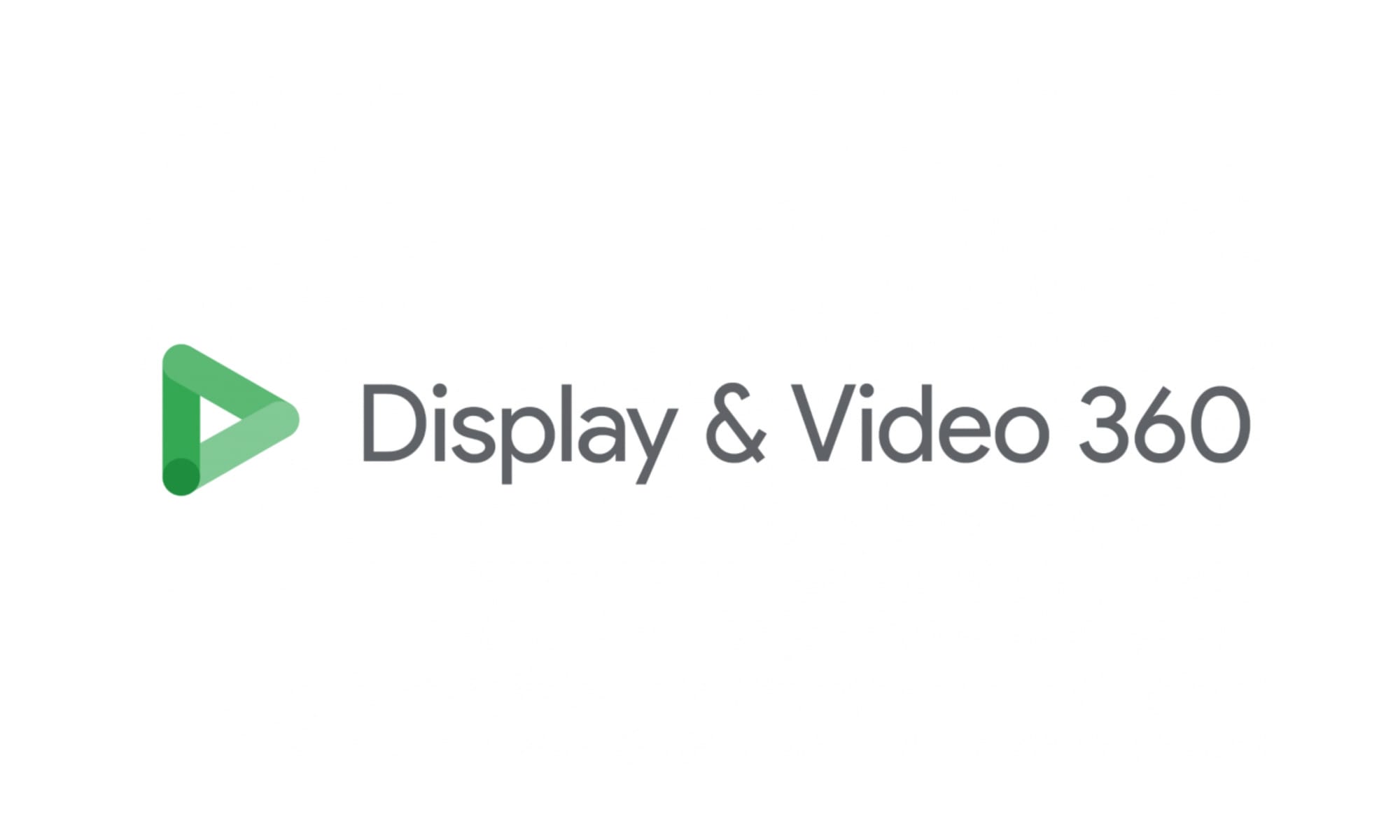Google unveils Updates to DV360 for enhanced advertising
Google announces significant changes to Display & Video 360, including new reporting features and privacy measures for select US states.

Google this month revealed a series of impactful updates to its Display & Video 360 (DV360) platform, set to roll out over the coming weeks. These changes, announced days before their implementation, aim to enhance reporting capabilities, strengthen privacy measures, and improve advertising effectiveness on YouTube.
The updates address who will be affected (advertisers and users), what changes are being made (new features and privacy measures), when they will be implemented (starting July 1, 2024), where they apply (specifically mentioning certain US states), why they are necessary (due to new privacy legislation and market demands), and how they will be executed (through platform updates and policy changes).
One of the most significant updates is the introduction of a new page in instant reporting for both DV360 and Campaign Manager 360. This feature will allow advertisers to view the status of downloaded reports and access them once they're ready. The addition addresses a common challenge for marketers who rely on timely data to make informed decisions about their campaigns.
According to the official Google support documentation, this improvement in reporting accessibility is part of a broader effort to streamline the data analysis process for advertisers. By providing a centralized location for report downloads, the platform aims to reduce the time and effort required to gather crucial campaign insights. This update reflects the growing importance of real-time data in the digital advertising landscape, where quick decision-making can significantly impact campaign performance.
In response to evolving privacy regulations across the United States, Google has announced a significant change in its data handling practices. Later in 2024, the company will begin redacting user IDs in DV360 and Campaign Manager 360 Data Transfer files for users located in Florida, Texas, Oregon, and Montana. This move is driven by new privacy legislation set to take effect in these states.
The decision to redact user IDs is not unprecedented for Google. In 2020, the company implemented similar measures for users in California in response to the California Consumer Privacy Act (CCPA). This latest expansion of privacy protections demonstrates Google's proactive approach to compliance with state-level privacy laws. It also highlights the growing patchwork of privacy regulations in the United States, which poses challenges for both advertisers and technology platforms operating on a national scale.
Industry experts suggest that this fragmented approach to privacy regulations may create significant hurdles for advertisers operating nationwide campaigns. The proliferation of state-specific privacy laws is forcing ad tech companies to implement increasingly complex data management systems. This trend could potentially lead to a push for federal privacy legislation to create a more uniform standard across the United States.
The impact of these privacy measures on advertisers could be substantial. With user IDs redacted in certain states, advertisers may face limitations in targeting and measurement capabilities for campaigns reaching these areas. This change may necessitate a shift towards more contextual targeting methods and aggregate data analysis, potentially altering the landscape of digital advertising strategies in the affected regions.
For advertisers focused on brand awareness and engagement, Google is introducing a new targeting option for YouTube Instant Reserve campaigns. The "first position targeting" feature will ensure that ads are the first ones viewers see in their YouTube sessions. This capability will be available for both in-stream and shorts campaigns, providing advertisers with a powerful tool to capture audience attention right from the start of a viewing session.
The introduction of first position targeting aligns with industry research suggesting that ads shown at the beginning of a viewing session have higher recall and engagement rates.
Google is also expanding its third-party measurement capabilities for YouTube and partners line items. The measurement vendor Audience Project now supports on-by-default enablement for third-party reach measurement. This addition joins a roster of other supported measurement vendors, including Nielsen, Comscore, and Kantar.
To enable third-party measurement for YouTube & partners line items, advertisers must first activate measurement partners in their Advertiser settings. This process requires obtaining a vendor client ID from each measurement partner. Once enabled at the advertiser level, third-party measurement can be activated for individual YouTube & partners line items.
The support for additional third-party measurement reflects the industry's growing demand for independent verification of ad performance. As digital advertising budgets continue to increase, advertisers are seeking more transparent and reliable methods to assess the effectiveness of their campaigns. This move by Google could be seen as a response to calls for greater accountability in digital advertising metrics.
It's important to note that Google maintains certain restrictions on third-party tracking for YouTube. According to the official support documentation, Google does not accept third-party tracking pixels for YouTube measurement. Instead, DV360 supports third-party Viewability, Brand Safety, Reach & Brand Lift measurement for YouTube ads with verified measurement vendors.
The process of enabling third-party measurement involves several steps, including navigating to Advertiser Settings, selecting desired measurement vendors, entering vendor client IDs, and optionally requesting on-by-default enablement for specific measurement partners. For individual YouTube & partner line items, advertisers can enable third-party measurement by navigating to Line item details and selecting vendors for various measurement types.
Google currently supports a range of measurement vendors across different categories, including viewability (e.g., Moat, DoubleVerify), brand safety (e.g., Integral Ad Science, Zefr), reach (e.g., Nielsen, Comscore), and brand lift (e.g., Kantar, Dynata). This diverse array of vendors allows advertisers to choose the measurement solutions that best fit their specific needs and objectives.
The expansion of third-party measurement options reflects a broader industry trend towards greater transparency and accountability in digital advertising. As advertisers allocate larger budgets to platforms like YouTube, the ability to verify performance through independent sources becomes increasingly critical. This move by Google could be seen as an effort to address concerns about walled gardens and the need for more open measurement standards in digital advertising.

